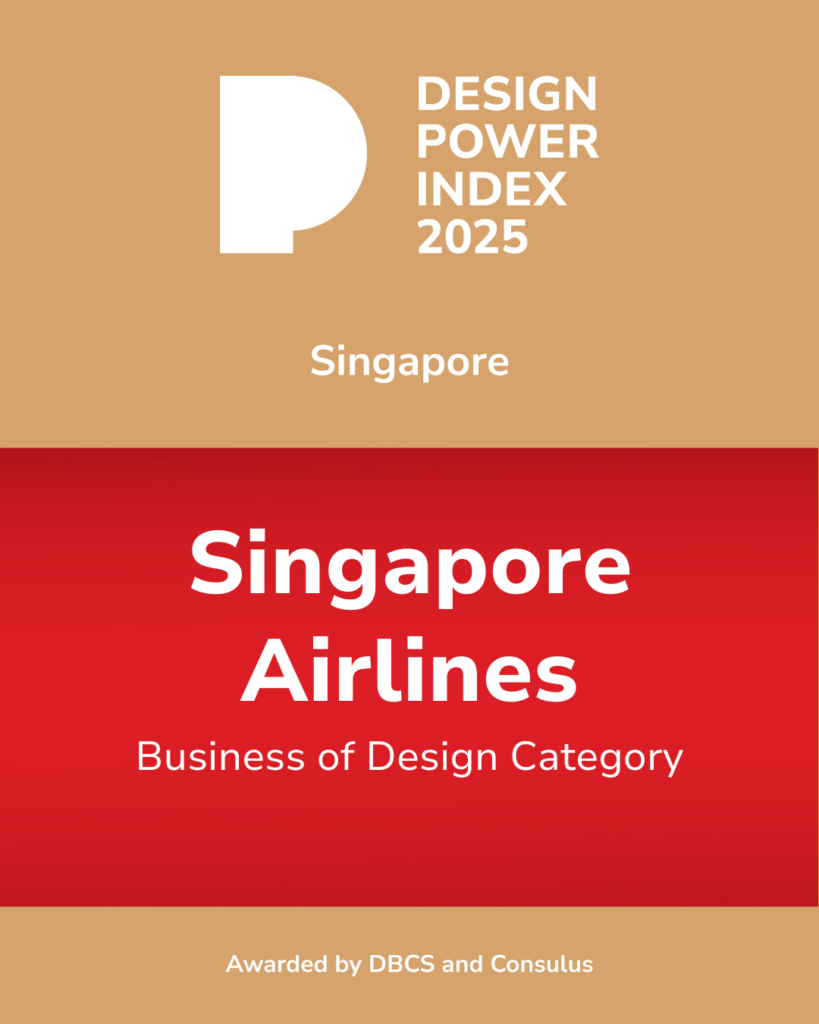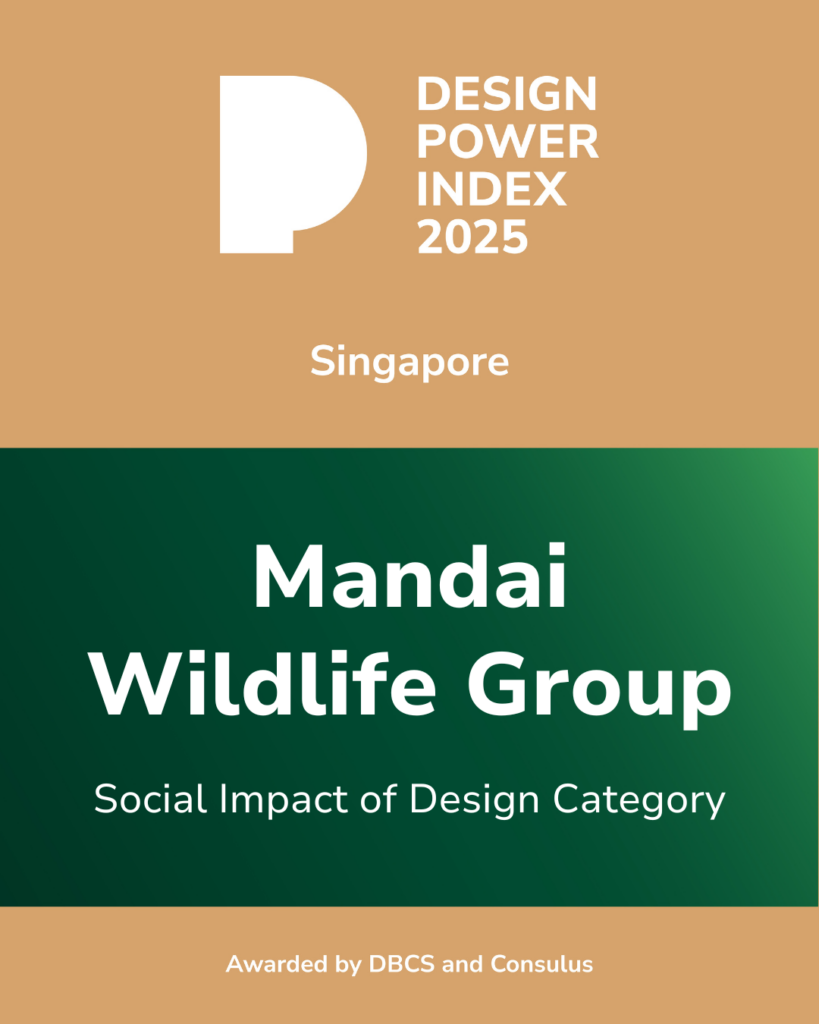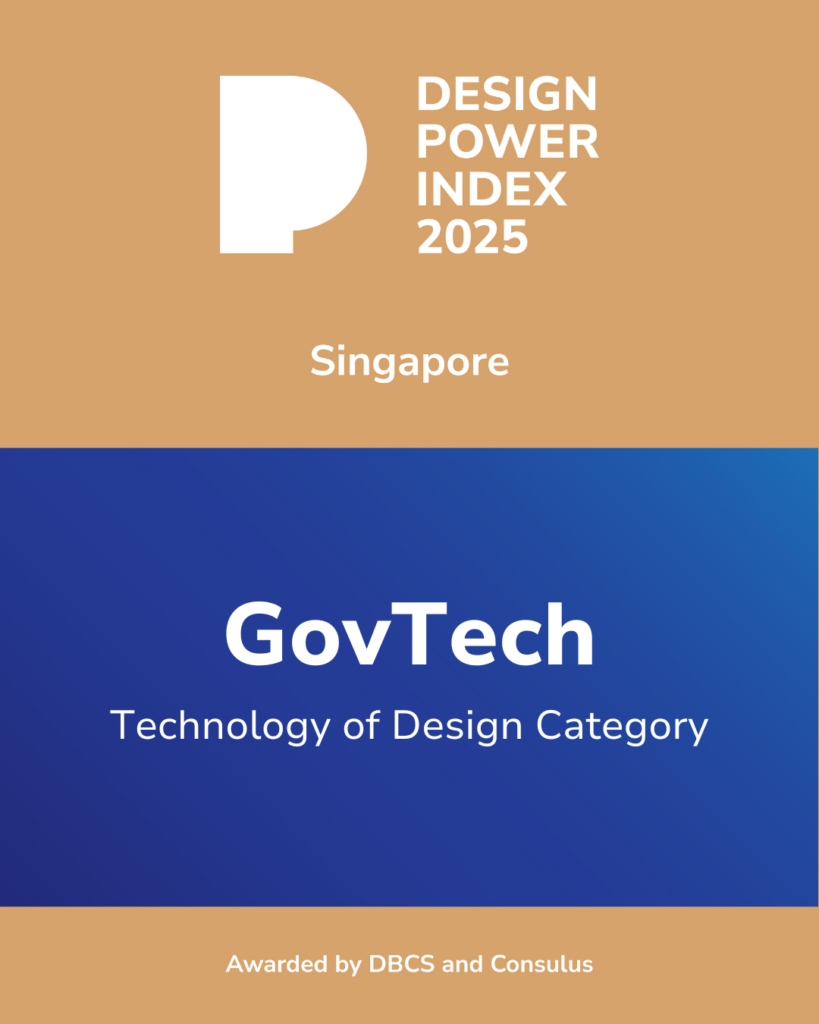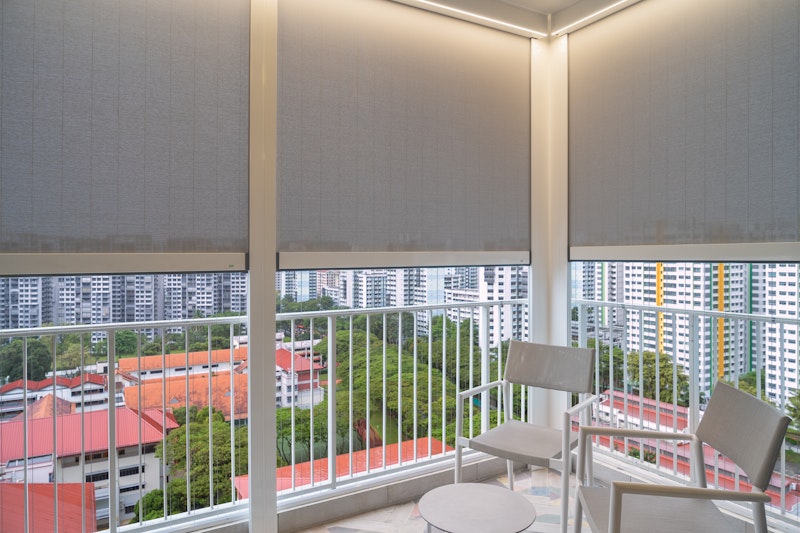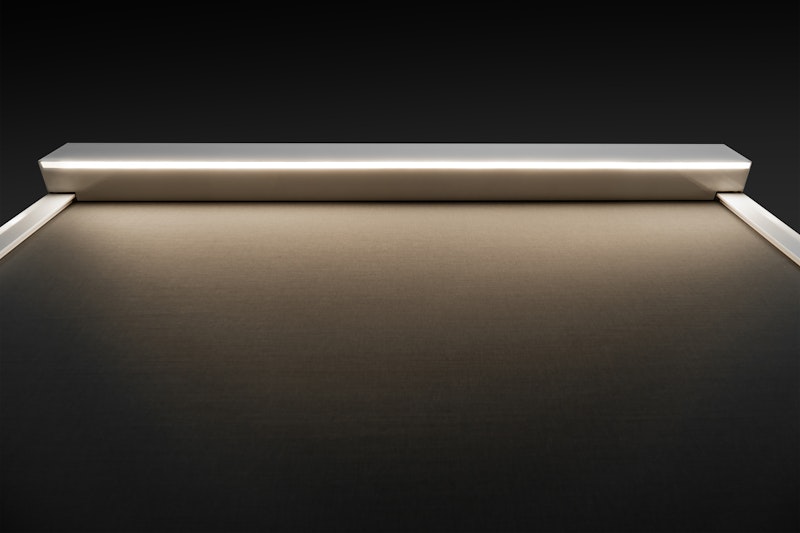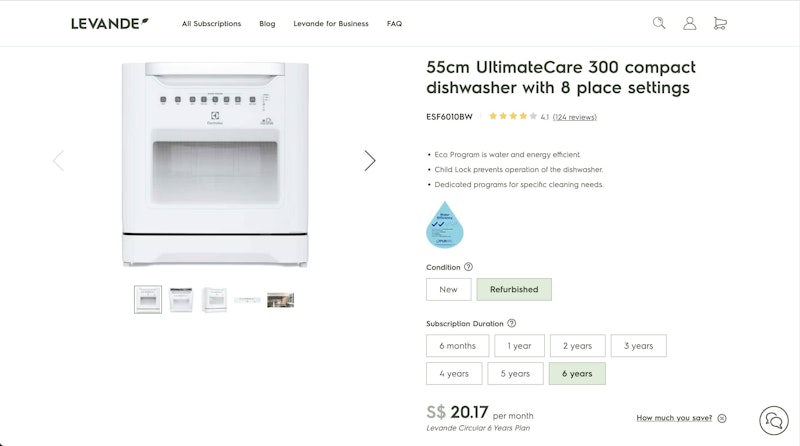As part of its curriculum promoting sustainability, Raffles Design collaborated with METRO (Singapore) and SF Fiber to create a stylish, versatile, and sustainable wardrobe for fashionable and busy professional ladies. The fashion collection, exclusive to Metro Department Store, embraces comfort, practicality, and responsible choices for a greener future.

Christy Wong, Fashion Director, Metro 
Johnny Yong, Director of Product, SF Fiber
Angeline Hoshi, Graduate, Raffles College of Higher Education
Verinka Suwanto, Graduate, Raffles College of Higher Education
Angelia Tamara Putri, Graduate, Raffles College of Higher Education
Britney Kirtley Wikarso, Graduate, Raffles College of Higher Education1. What are some new things you learned about yourself and the users as you were designing for the project?
Christy Wong: Throughout this journey, I have developed a heightened awareness of sustainability and its profound impact on our planet. The project allowed me to delve into SF Fiber’s commendable commitment to responsible production, gaining insights into its sustainable practices
I was inspired by the students from the Raffles Education Corporation. The project focused on creating a sustainable capsule for contemporary women, showcasing innovative thinking and dedication to eco-conscious fashion. One group caught my attention with their captivating concept, “Letter to Metro”. Their incorporation of interesting paper patterns based on the letters M, E, T, R, O, and S demonstrated a unique approach to sustainability.
Drawing inspiration from their outstanding zero-waste concept, I integrated their principles into my capsule. This not only complemented their vision but also reinforced the importance of incorporating sustainability practices into every aspect of the design process.
2. Do you believe in fashion trends? Why or why not?
I do believe in fashion trends, albeit to a certain degree. I find inspiration in what’s currently trending, especially looking ahead to the next 12 to 24 months. The dynamic nature of consumer behaviour and the ever-evolving landscape necessitate an awareness of emerging trends.
Colours, silhouettes, and the overarching inspiration and aspirations of consumers play a pivotal role in shaping fashion trends. Staying attuned to these elements allows for a more responsive and relevant approach to design and creativity.
In essence, while embracing trends, I also value the importance of timeless elements and individual style. It is a delicate balance that ensures a dynamic and engaging fashion journey.
3. What was the most difficult moment during the project and how did you overcome it?
Johnny Yong: Nothing in particular comes to mind, however, one of the most formidable moments during the project revolved around intricate fabric preparation aligned with our collection’s aesthetics vision.
Through collaborative efforts, we not only overcame this, we elevated the entire project through open communication and innovative solutions. This experience reinforced the importance of teamwork and adaptability in navigating the dynamic landscape of creative fashion design.
4. What are the biggest changes you’ve seen in the fashion industry during your career?
The pervasive influence of fast fashion has significantly altered the industry’s position. While it brings in rapid turnover of trends, the downside is the compromised control over quality standards. Witnessing a surge in clothing waste has been disheartening.
The environmental toll of clothes disposal poses a substantial challenge in the industry. As we move into a sustainable era, actions need to be taken by the industry to move into a more responsible and conscientious future for fashion.
Let’s hear what the design students have to say!
5. What is your favourite part about collaborating with Metro and SF Fibre?
Working with a textile mill and a retailer allowed our students to bring their sustainable design ideas to life in the real world. It has taken learning out of the classroom and beyond the confines of being just a school project – our students ideas now have a real impact in the industry. This experience helped them develop their creative ideas about zero Waste pattern cutting into practical and fashionable products.
6. What is the most important thing to consider as a fashion designer?
As a fashion designer, one of the most important things to consider is to strike a balance between creativity and functionality. While expressing a unique aesthetic and design vision is crucial, it’s equally essential to ensure that a fashion creation is not only visually appealing but also addresses the practical aspects of daily life.


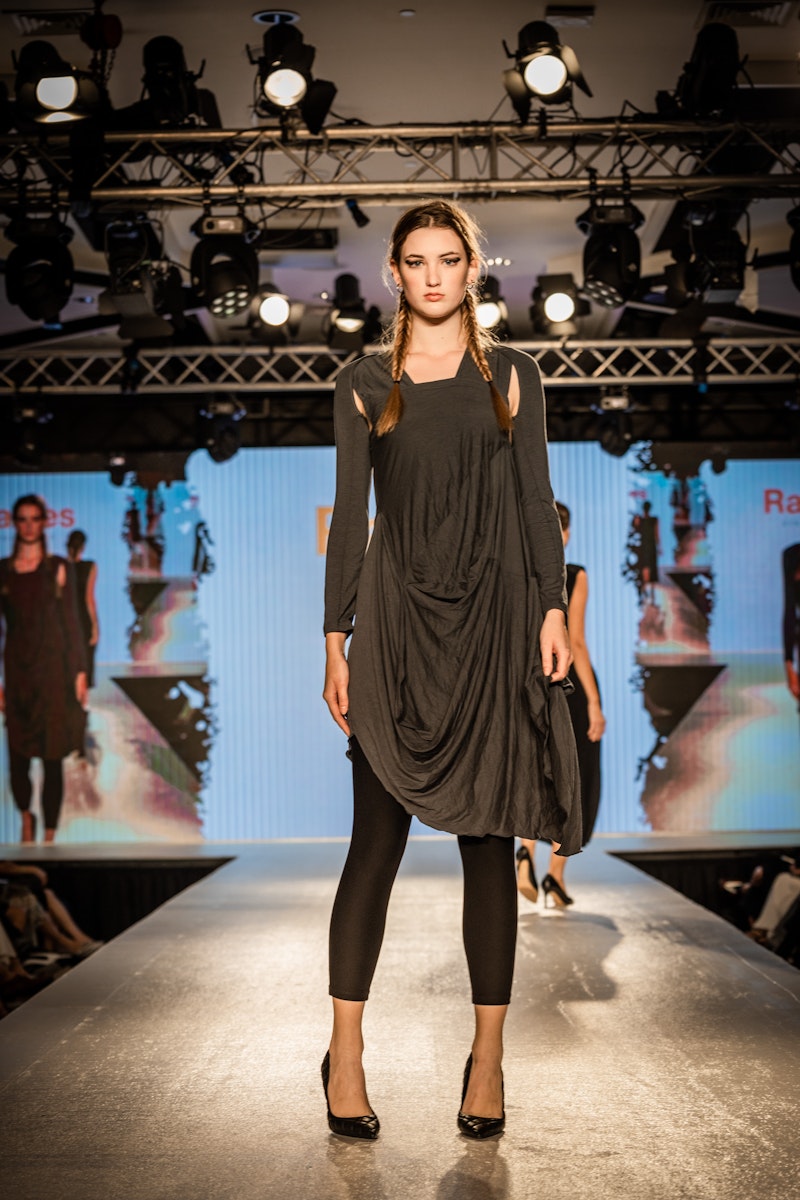
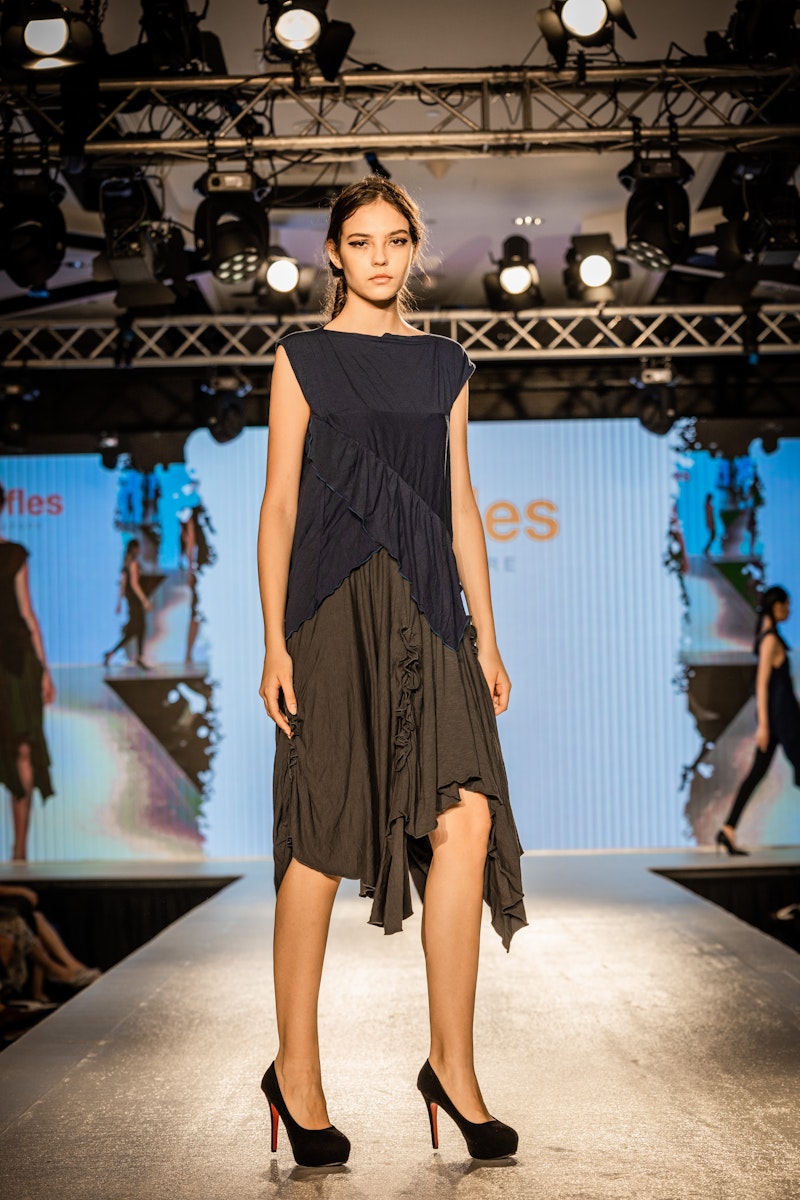
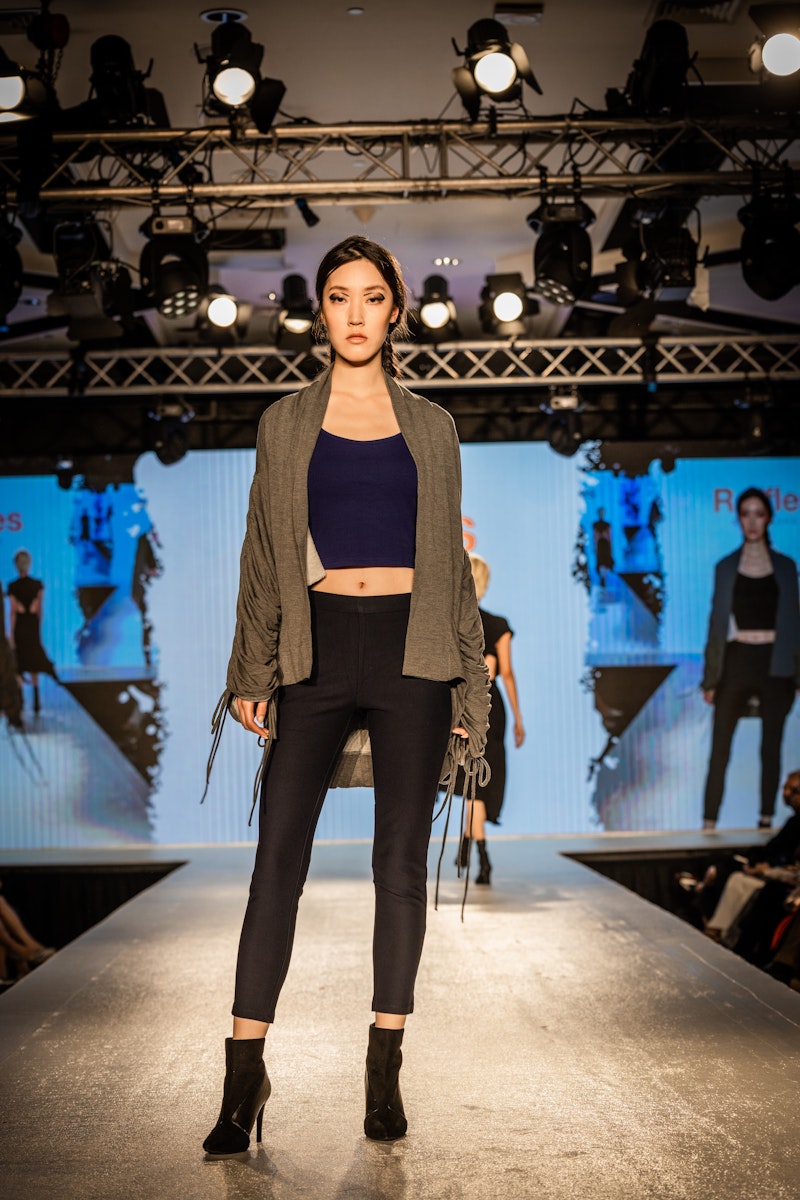
Like what you read?
Follow us on Instagram, Facebook, Linkedin and Youtube to get the latest updates!
Related Post







